During World War II, Zagreb found itself caught in the tug-of-war between clashing ideologies. As Fascist forces tightened their grip, minorities faced brutal persecution, while ordinary citizens lived in fear. Yet, amidst the darkness, resistance movements emerged, with courageous individuals defying the oppression through covert operations and acts of solidarity. Following the war, the city’s fate took another turn as the Communist Party seized power, transforming it through nationalization and a one-party system. This complex interplay of fascism, communism, and the resilience of the people left an indelible mark on Zagreb’s history. What unfolded in this turbulent period would shape the city’s identity for decades to come.
Key Points
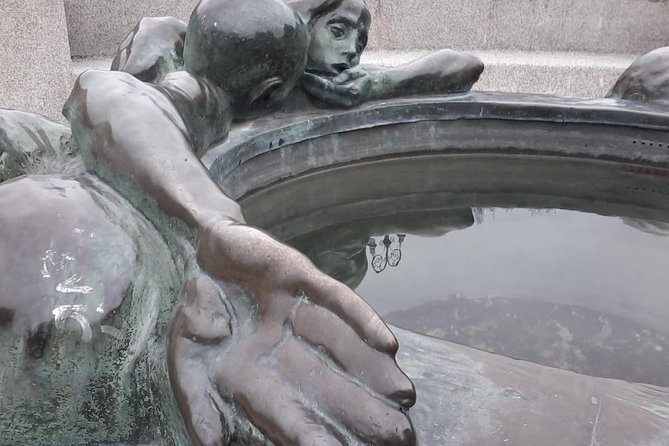
-
Zagreb transformed from a thriving urban center to a battleground between communist and fascist forces during World War II, impacting the lives of ordinary citizens.
-
The hotel of the Independent State of Croatia under the Fascist Ustaše regime led to the persecution and mass atrocities against ethnic and political minorities in Zagreb.
-
Pockets of resistance emerged in Zagreb, with citizens organizing covert operations, public demonstrations, and underground networks to aid targeted groups and disrupt Fascist control.
-
Ordinary Zagrebians faced immense challenges during the occupation, including food shortages, strict curfews, and the constant fear of deportation and witnessing the persecution of their neighbors.
-
The legacy of World War II in Zagreb is commemorated through memorials, monuments, and educational initiatives that aim to preserve the city’s wartime experiences and foster understanding of past atrocities.
Zagreb Before the War
Prior to the outbreak of World War II, Zagreb was a thriving city, with a population of over 200,000 people.
It served as the capital of the Banovina of Croatia, a semi-autonomous unit within the Kingdom of Yugoslavia. The city was undergoing rapid development, with new neighborhoods, infrastructure, and cultural institutions emerging.
Zagreb’s architectural landscape was a mix of styles, from medieval structures to modern buildings. The population was diverse, with a mix of Croats, Serbs, Jews, and other ethnic groups.
This vibrant, cosmopolitan atmosphere would soon be shattered by the horrors of war.
You can also read our reviews of more tours and experiences in Zagreb.
Arrival of Fascist Forces
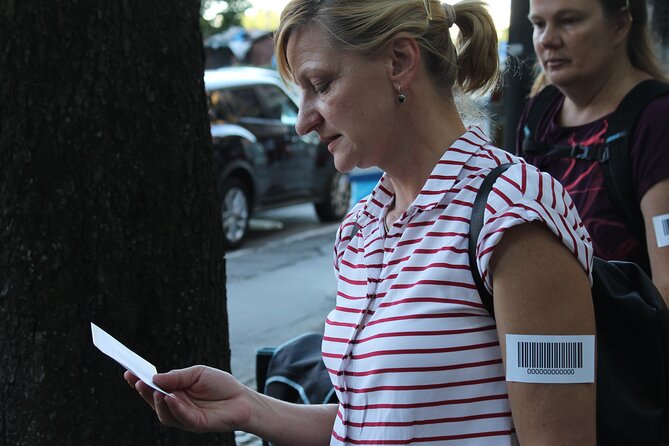
With the outbreak of World War II in 1939, Zagreb’s peaceful existence was shattered as the city fell under the control of Fascist forces.
In April 1941, the Kingdom of Yugoslavia surrendered to the Axis powers, and the Fascist regime of the Independent State of Croatia (NDH) was established with the support of Nazi Germany and Fascist Italy.
The new government quickly imposed strict authoritarian rule, targeting ethnic and political minorities.
Dissidents, Jews, Serbs, Roma, and communists became the victims of persecution, mass arrests, and deportation to concentration camps.
As fear gripped the city, Zagreb’s residents found themselves caught in the crosshairs of the emerging conflict.
Persecution of Minorities
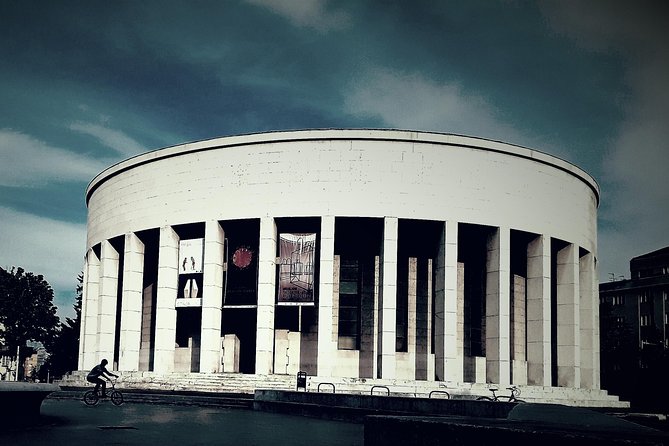
Under the Fascist rule of the Independent State of Croatia, minorities in Zagreb faced relentless persecution.
Jews, Serbs, Roma, and anti-fascist Croatians were targeted, rounded up, and sent to concentration camps. Synagogues and homes were ransacked, and businesses were seized.
The Ustaše militia terrorized the city, carrying out mass killings and brutality. Ordinary citizens lived in fear, forced to watch as their neighbors disappeared.
Though some risked their lives to hide and assist the persecuted, the scale of the atrocities was staggering.
Zagreb’s diverse population was decimated, their stories of suffering and survival forever etched into the city’s wartime legacy.
Resistance and Rebellion
Amidst the crushing oppression and devastation, pockets of resistance emerged in Zagreb, as citizens banded together to defy the Fascist rule.
From covert operations to public demonstrations, the people of Zagreb displayed remarkable courage. Underground networks funneled intelligence, supplied weapons, and facilitated the escape of targeted groups.
Brave individuals risked their lives to shelter Jews, Romani, and political dissidents in their homes.
Student activists organized protests, while workers staged strikes to disrupt the Fascist machinery.
Though facing brutal crackdowns, the spirit of resistance persisted, chipping away at the regime’s control and inspiring hope in the darkest hours.
Wartime Experiences of Citizens
The citizens of Zagreb endured tremendous hardship and upheaval during the war years. As the city was occupied by German and Ustaše forces, residents faced food shortages, strict curfews, and the constant fear of deportation.
Many were forced to witness the roundup and deportation of their Jewish neighbors to concentration camps. While some bravely resisted the Nazis, the majority of citizens struggled to survive day-to-day, navigating the increasingly oppressive environment.
Despite the immense challenges, the people of Zagreb demonstrated resilience, finding ways to support one another and maintain hope during the darkest of times.
Transitioning to Communism
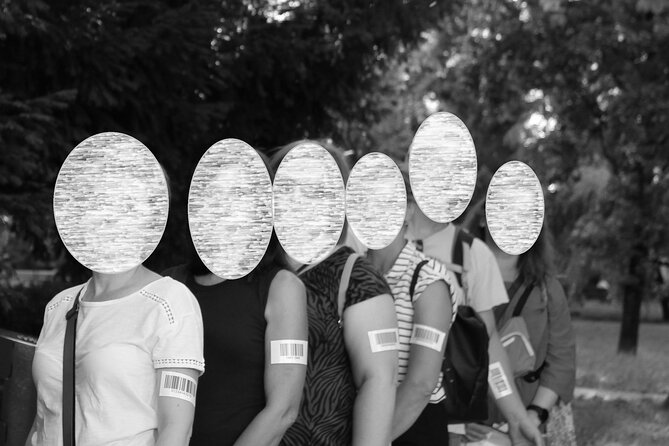
How did Zagreb’s transition to communism unfold in the aftermath of World War II? As the war ended, the Communist Party of Yugoslavia quickly seized power in Zagreb. They consolidated control, purging political opponents and imposing a one-party system. This period saw sweeping nationalizations and the hotel of a socialist economy. Ordinary citizens navigated this transformation, often facing uncertainty and upheaval.
| Policies | Economic | Political |
|---|---|---|
| Nationalization | Centralized planning | Single-party rule |
| Land reform | State-owned enterprises | Purges of opponents |
| Collectivization | Planned production targets | Curtailment of civil liberties |
The transition cemented communist dominance in Zagreb, ushering in a new ideological era after the tumultuous wartime years.
Commemorating the Victims
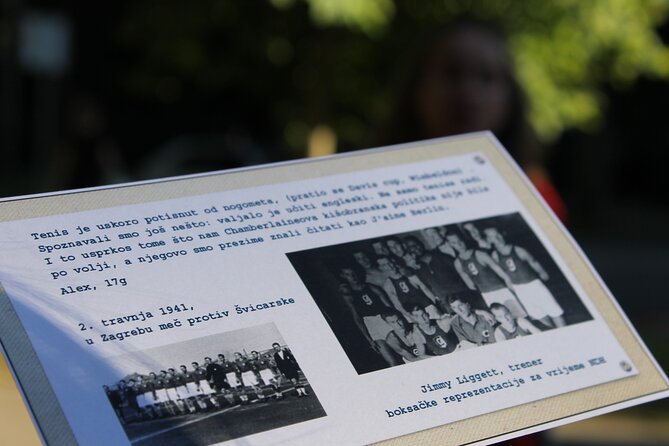
In the wake of the immense suffering and loss during World War II, Zagreb has made concerted efforts to commemorate the victims of the conflict.
The city has erected memorials and monuments to honor those who perished, including the Monument to the Victims of Fascist Terror and the Memorial to the Victims of Genocide in the NDH.
Zagreb also hosts annual remembrance ceremonies and educational initiatives to ensure the stories of the war’s victims aren’t forgotten.
Through these commemorative efforts, the city aims to pay tribute to the lives lost and foster a deeper understanding of the city’s wartime experiences among residents and visitors alike.
Legacy and Reflection

Zagreb’s World War II legacy continues to shape the city’s cultural and historical identity. Memorials and museums stand as solemn reminders of the past, while academic and community initiatives foster dialogue and understanding. The lasting impact is reflected in:
| Impact Area | Description |
|---|---|
| Public Discourse | Ongoing debates about historical interpretation and accountability |
| Cultural Programming | Exhibitions, performances, and educational programs exploring wartime themes |
| Urban Planning | Preservation of historic sites and integration of WWII narratives into city development |
| Civic Engagement | Grassroots efforts to commemorate victims and resist fascism |
| International Cooperation | Collaborative projects with global partners to study the war’s regional implications |
This multilayered legacy challenges Zagreb to confront its complex past and forge a more inclusive, equitable future.
Frequently Asked Questions
What Is the Duration of the Tour?
The tour duration is not explicitly stated in the provided information. However, the tour details mention it runs three days a week, with additional days available upon request, suggesting the tour length is flexible and can be tailored to the participants’ needs.
Are There Any Age Restrictions for Participants?
There are no age restrictions for participants on the Zagreb WWII tour. The tour is suitable for travelers of all ages, though a moderate fitness level is recommended due to the walking involved.
Can the Tour Be Customized for Individual Needs?
The tour can be customized to individual needs. While the standard tour has a maximum group size of 12, larger private groups can be accommodated upon request. The tour is also wheelchair accessible.
What Languages Are Available for the Tour?
The tour is available in English and Croatian. Visitors can request other language options in advance, and the tour provider will accommodate them if possible, ensuring a personalized experience for each participant.
Is Photography Allowed During the Tour?
According to the tour overview, photography is allowed during the tour. The tour is designed to be accessible to all travelers, allowing them to capture memorable moments throughout the historical sites visited.
Recap
The tumultuous history of Zagreb during World War II left an indelible mark on the city. Caught between the oppressive ideologies of fascism and communism, its citizens endured unimaginable hardships. Yet, their courage and resilience in the face of adversity continue to inspire. Today, Zagreb’s complex past serves as a reminder of the human capacity for both cruelty and compassion, and the enduring strength of the human spirit.
More Tour Reviews in Zagreb
- Private Day Trip: Stunning Plitvice Lakes and Rastoke From Zagreb
- Best of Zagreb! Private Walking Tour; Meet the Greats -Sit & Meet
- Private Transfer Tour Split to Zagreb (Airport) via Plitvice Lakes
- The BEST of Croatia 8 Days Private Tour
- River Boat Tour in Old ŽItna LađA With Drinks
- Private Transfer From Zagreb Airport (Zag) to Bled
Not for you? Here's more things to do in Zagreb we have recnetly reviewed
- 4 Best Cruises And Boat Tours In Zagreb
- 5 Best Shopping Tours In Zagreb
- 14 Best Food Tours In Zagreb
- 3 Best 3 Day Tours In Zagreb
- 4 Best Full-Day Tours In Zagreb
- 2 Best Canoe And Kayak Experiences In Zagreb
- 2 Best Coffee Tours And Tastings In Zagreb
- 8 Best Photography Experiences In Zagreb
- Magical Istria
- Private Plitvice Lakes and Rastoke_Tickets Included
- World War II Zagreb, Croatia Between Communists, Fascists and Ordinary People
- All Inclusive Luxury Daytrip to Plitvice From Zagreb.
